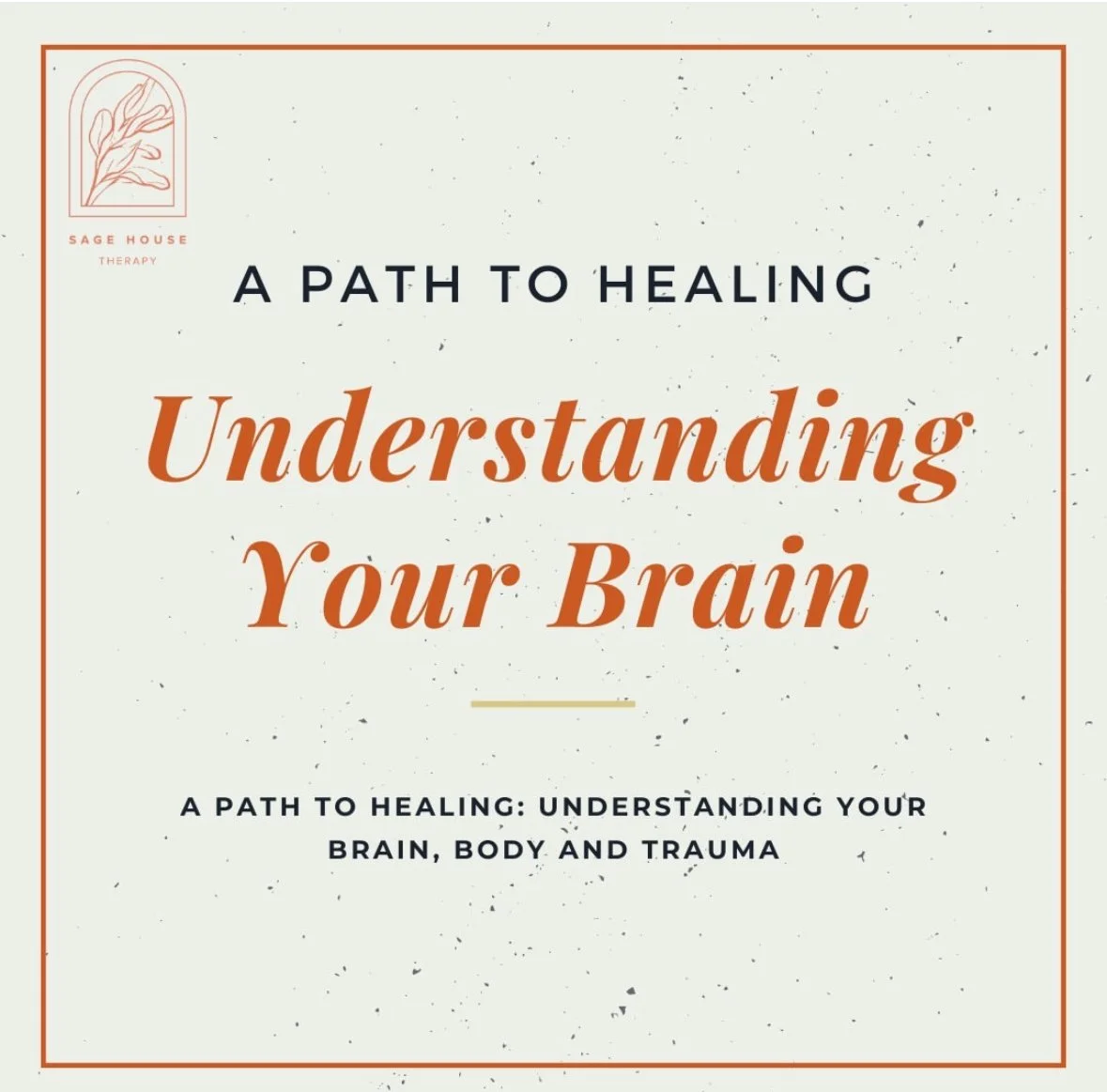Q&A with Alanna Betts
1. Are there some common warning signs of eating disorders?
Eating disorders can be so hidden by diet culture and health/wellness culture in our society that is often hard to figure out if someone has fallen into the latest –albeit often unhealthy—diet craze or if they have developed a full blown eating disorder. If you are worried about yourself or someone else it is important to consult a professional familiar with eating disorder to help explore what is really going on.
Some general eating disorder warning signs are:
· Preoccupation with food, weight, calories, types of foods, dieting or exercise
· Skipping meals or meal portions becoming smaller
· Extreme concern with body size and shape
· New practices with food or types of diets – e.g. new veganism, skipping dairy, cutting carbs, eliminating sugar, etc
· Exercise or restricting of food to compensate for perceived overeating
· Eating is secret or refusing to eat with others
· Frequent body checking: e.g. weighing self, checking mirrors, measuring body parts with hands
· Mood swings
· Low self-esteem or self-esteem tied to body size
· Difficulties in concentrating
· Fluctuations – up or down—in weight
· Dental issues
· Dizziness – especially upon standing
· Cold intolerance – feeling cold all the time
· Fatigue
· Difficulty sleeping
· Frequent trips to the bathroom after meals
2. What do you think causes an eating disorder?
Eating disorders are caused by a complex interaction of genetic, biological, behavioral, psychological, and social factors. Every disorder has a purpose or a reason it came into someone’s life. So often the disorder develops as a way to cope with difficult life experiences or difficulties with mood or anxiety. It’s important to work closely with a therapist to identify the unique roots of the disorder in each individual as addressing the roots allows for more successful recovery than behavior modification alone.
3. How can I best help and support someone who has been diagnosed with an eating disorder?
Ask them. Every individual with an eating disorder has a different set of needs and it is so important that they have people in their lives willing to show up in the ways they need support. Ask how you can support your loved one at mealtimes or with food as often these are the highest stress moments when individuals are working toward recovery. It is also so important that you minimize comments about food and weight around the person who is struggling as they will be very sensitive to these statements.
4. We tend to hear about young women and eating disorders, but are there other groups of people that are more often affected by eating disorders?
Eating disorders do not discriminate based on age, gender, body size or race. Based on current data eating disorders affect at least 9% of the population worldwide but this is often thought to be underreported due to the focus on young women. It is so important that we question problematic food behaviors across the life span, in individuals of color, in men and nonbinary individuals, and in older adults as well.
5. Are there any recent developments on eating disorder research?
Research has continued to explore the genetic cause for eating disorders, exploring the effects of co-occurring disorders, and advances in treatment approaches. I have been most interested in the advancements in understanding the interactions between trauma and eating disorders and strategies to treat both issues together.
6. How do you approach to therapy for eating disorders?
Therapy for eating disorders must begin with exploring how the eating disorder has helped you and what role it still plays in your life. In therapy, I meet clients where they are while supporting them in building new skills that will allow them to move away from the disorder and into a fuller experience of life. It’s important that my clients feel I’m on the same team as they are as challenging the eating disorder can feel like letting go of part of your identity.
7. Is there anything special you do to ensure a comfortable environment for patients?
Creating a warm and inviting space in the office is the first step to this. I take time before each session to prepare my office with the tools or art supplies we might need as well ensure all distractions are removed from the space. I encourage clients to sit in a way that feels comfortable safe and emphasize their ability to step out of the therapy space
8. Any unique techniques you utilize?
I find art therapy and the use of metaphor to be especially useful in eating disorder treatment. Many individuals struggle to name their emotions and verbalize what they are feeling. We can circumvent this struggle by utilizing the art or stories to still address the issues without tripping on the resistance that can occur with transitional talk modalities. I also find it very powerful to include the body through somatic movement, breath work, and body awareness in our treatment.
If you or someone you love is struggling with an eating disorder, please reach out to us. Our team of therapists is here to provide support and guidance. We look forward to connecting with you.






